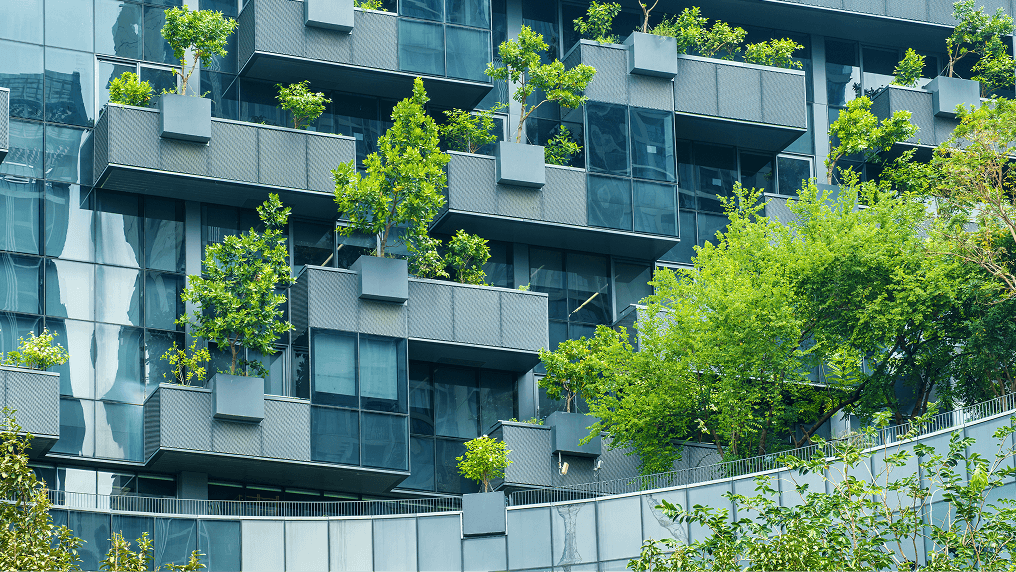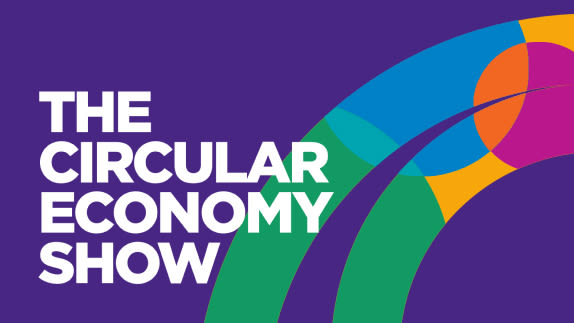As major engines for economic growth, cities can drive the circular economycircular economyA systems solution framework that tackles global challenges like climate change, biodiversity loss, waste, and pollution. It is based on three principles, driven by design: eliminate waste and pollution, circulate products and materials (at their highest value), and regenerate nature. agenda forward to unlock economic, environmental, and social benefits. Alongside Sustainable Development Goals and climate objectives, the transition to a circular economy will support city leaders as they deliver against their priorities, which include housing, mobility, and economic development.
By 2050, two thirds of us will live in cities. However, our urban centres are grappling with the effects of our current take-make-waste economy. Under this 'linear system', cities consume over 75% of natural resources, produce over 50% of global waste, and emit between 60-80% of greenhouse gases. A circular economy provides the opportunity to rethink how we make and use the things we need, and allows us to explore new ways of ensuring long-term prosperity.
Circular Economy in Cities focuses on opportunities in three key urban systems - buildings, mobility, and products - and looks at how city governments can work to enable a circular economy transition. The project addresses questions such as:
Vision: What will the implementation of circular economy principles in cities look like?
Factsheets: What benefits can a circular economy transition in key urban systems bring to cities?
Policy levers: What can urban policymakers do to accelerate this transition?
Case studies: What examples are there of urban policymakers already putting this into action?
Other networks & resources: What are other organisations doing on the topic of circular economy and cities?






